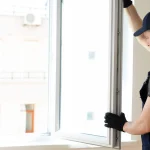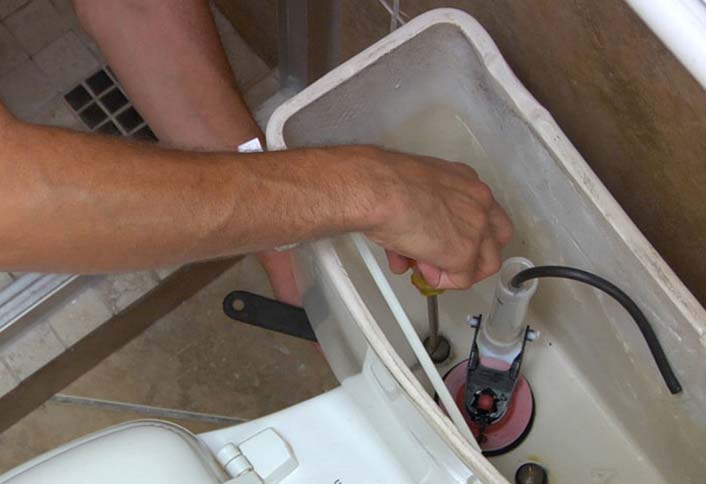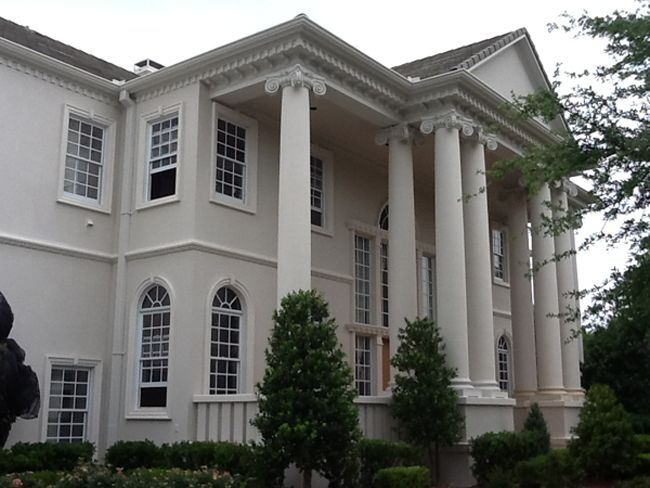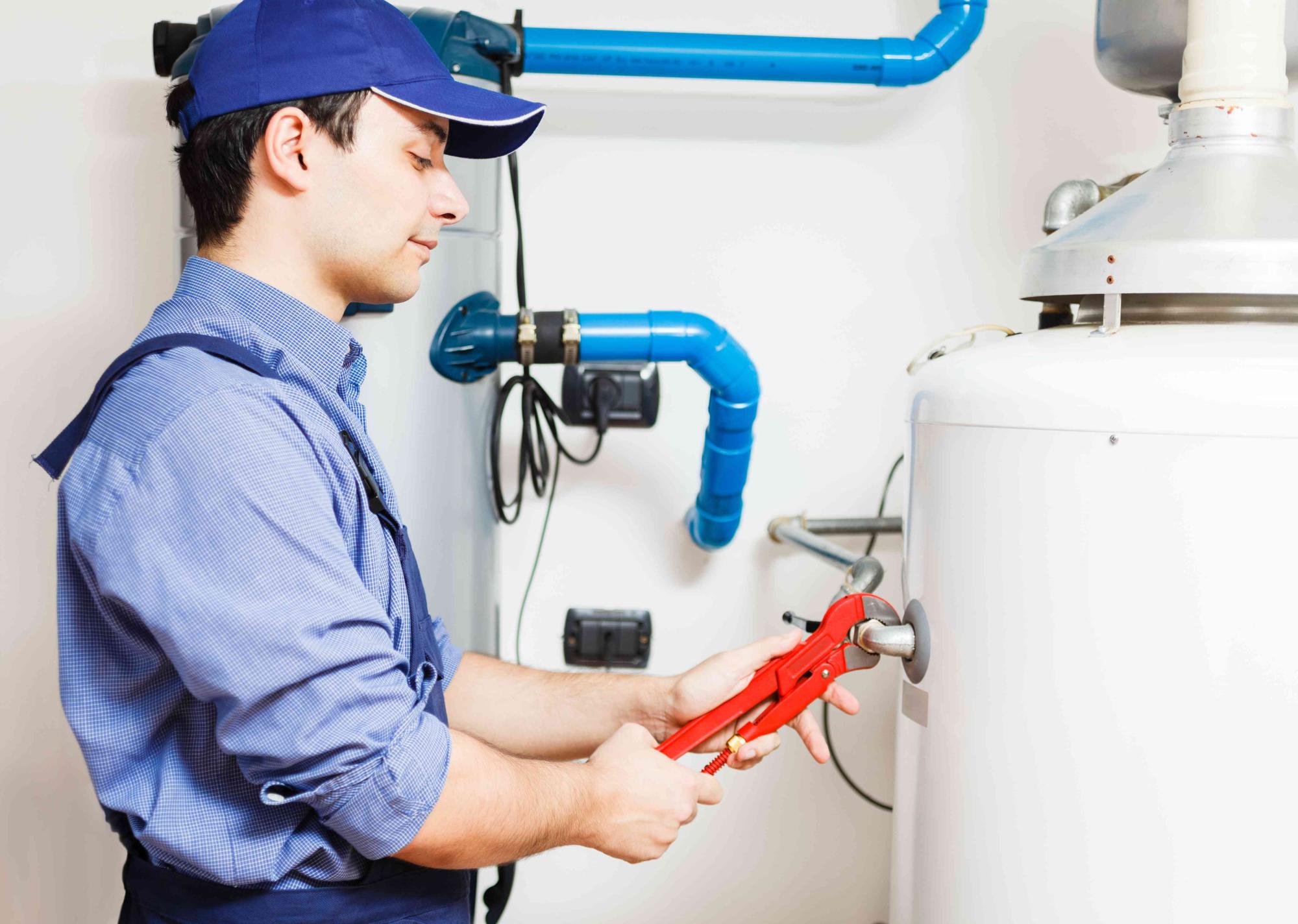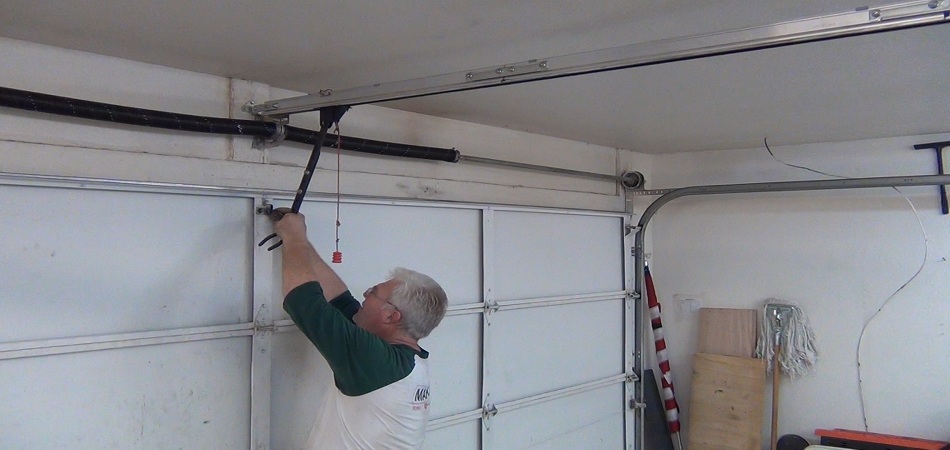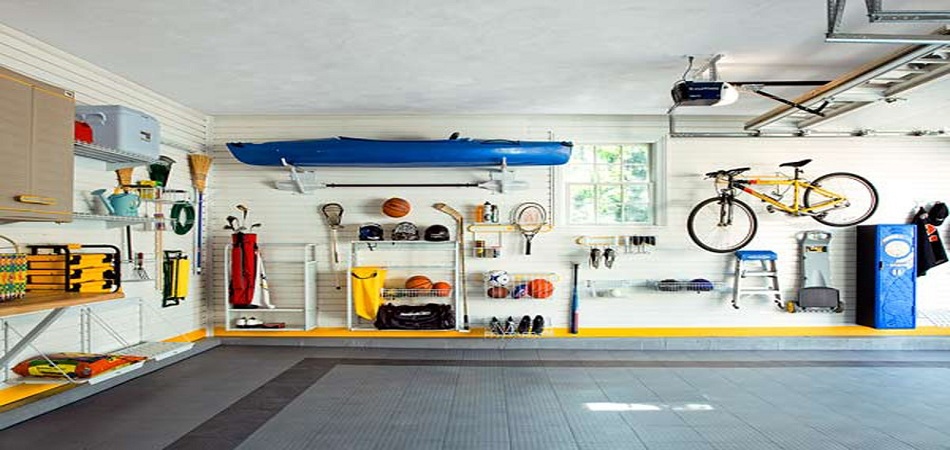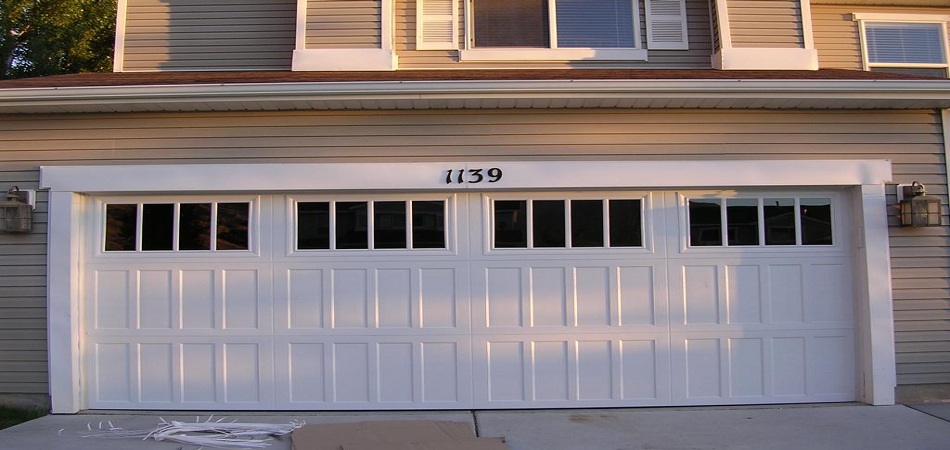Problems of infiltrations or leaks usually generate a lot of confusion in condominiums.
Generally, when there are plumbing problems in an apartment and reflections are felt in the downstairs unit, it is time to arrange the repair and, of course, pay the bill.
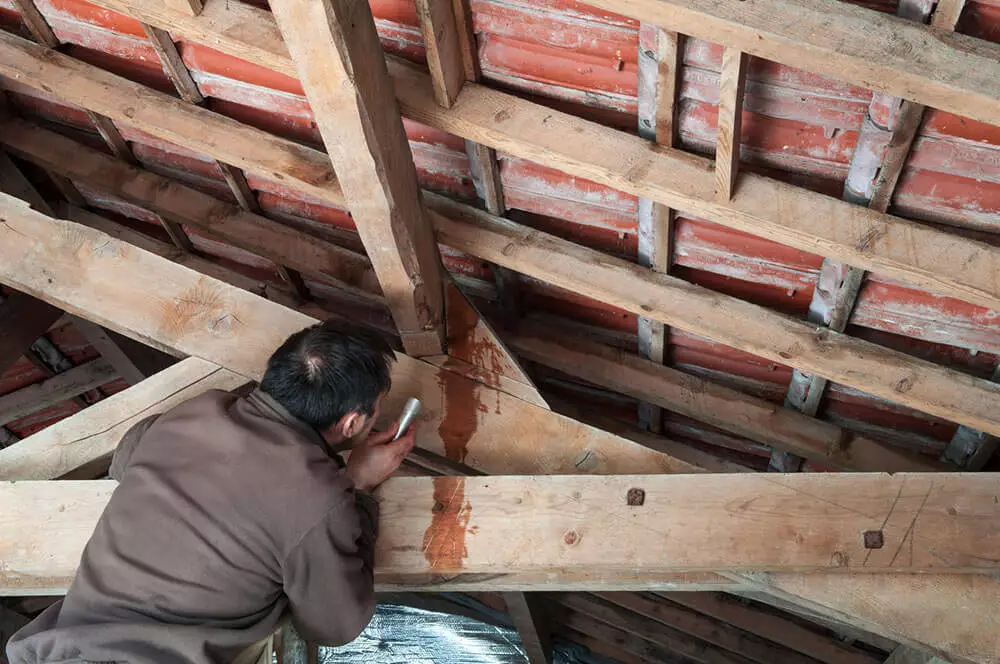
The buildings have two plumbing networks: the horizontal and the vertical (also called the main column).
The vertical network carries water and sewage through all floors. It is in common use, therefore, the entire responsibility of the Condominium including works carried out in the apartments, due to problems in this network.
The horizontal network comprises the pipes that serve the units, receiving water from the vertical network and carrying sewage to it. The units are responsible for the repairs and damages that occur there.
If there is a leak in the bathroom ceiling, due to problems in the horizontal network, the person responsible for the repair is the resident of the upper unit, with all costs.
How to proceed
Often the damaged condominium seeks the liquidator to resolve the issue. In this case, as the supervisor does not have this responsibility, advise the complaining resident to try, first, to resolve the issue in a friendly manner.
If the neighbor does not show good will, or refuses to carry out water damage repairs for house in the United States, it is recommended to formalize the communication through a notification in two printed copies. The notified person must be asked to sign one of the copies, showing that he is aware of the problem.
If, even so, the upper neighbor refuses to take the necessary measures, the aggrieved party can file a lawsuit in the Special Civil Court. An injunction can be obtained to carry out the repairs, in addition to possible compensation. Once the fact is proven, it is unlikely that the judge will rule against the indemnity.

My name is Dana Benally. I post about home improvement ideas and how to make your home look beautiful and liveable. I hope my posts will help you with your DIY projects!

